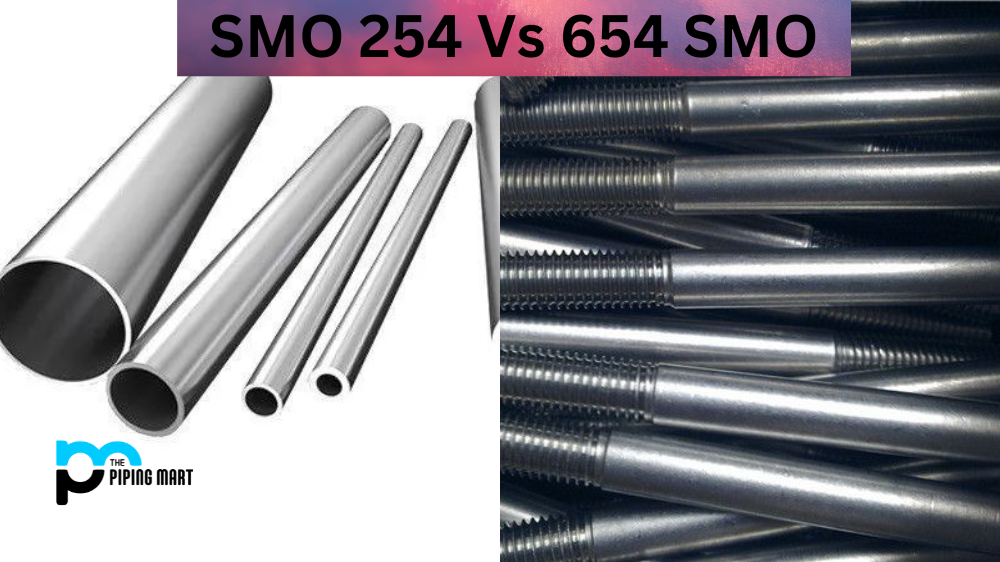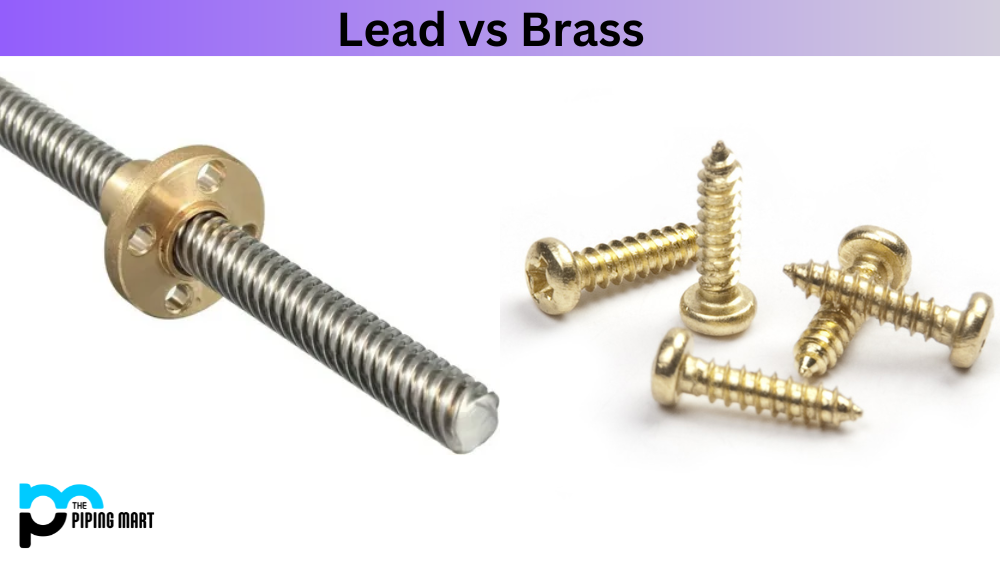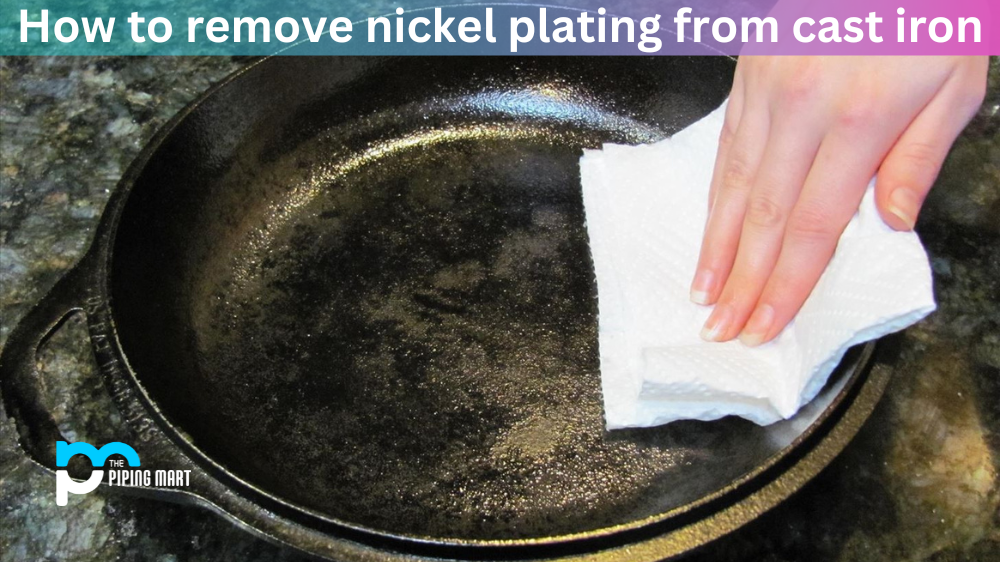Stainless steel is a go-to option for various industries due to its excellent corrosion resistance properties. However, not all stainless steel is created equal. Special alloys such as SMO 254 and 654 SMO have gained ground over traditional stainless steel grades. Both alloys exhibit superior corrosion resistance in aggressive environments, including seawater, acidic, and chloride-rich solutions. Nonetheless, let’s delve into SMO 254 Vs 654 SMO to identify the differences in their chemical composition, physical properties and, most importantly, their corrosion resistance.
Difference Between SMO 254 and 654 SMO
SMO 254 is more cost-effective and perfect for most applications where corrosion resistance is the primary concern. Its unique nickel-molybdenum-chromium-copper-nitrogen composition provides high chemical resistance. It prevents pitting corrosion, making it popular in wastewater treatment plants, pulp and paper industries, and food processing applications. Nonetheless, 654 SMO is more expensive due to its higher nickel content, but it offers better toughness and high corrosion resistance properties in more extreme environments.
Chemical Composition
SMO 254 consists of 20-22% chromium, 18-20.5% nickel, 6-7% molybdenum, and less than 0.03% carbon. It also contains nitrogen, copper, and iron. On the other hand, 654 SMO has a higher nickel and molybdenum content, with 24-25% and 6-7%, respectively. It also has a much lower copper content than SMO 254. Its chromium, nickel, molybdenum, and carbon content are similar to that of SMO 254. Therefore, 654 SMO is more expensive due to the higher nickel content.
Physical Properties
654 SMO has higher strength and exceptional impact toughness than SMO 254. It also has higher elongation and greater hardness, making it ideal for high-stress applications such as marine equipment, pumps, and valves. However, SMO 254 offers better resistance to stress cracking, making it a better choice for welding.
Corrosion Resistance
Both alloys are highly corrosion-resistant, particularly in harsh environments. Even so, they have different corrosion resistance mechanisms and limitations. SMO 254 exhibits excellent resistance to corrosion in chloride-rich solutions and acidic and alkaline environments. However, it is prone to pitting corrosion in the presence of oxidizing chlorides. On the other hand, 654 SMO can withstand higher temperatures, pressures, and harder conditions, while maintaining superior corrosion resistance properties. Unlike SMO 254, 654 SMO does not suffer from chloride-induced stress corrosion cracking, making it preferable for marine and offshore applications.
Conclusion
Choosing the appropriate stainless steel alloy requires thoroughly examining the project’s needs, including environmental factors, stresses, and physical properties. The choice between SMO 254 and 654 SMO depends on the intended use, budget, and corrosion resistance environment. Ultimately, both alloys are excellent choices compared to traditional stainless steel grades. You can consult with experts in materials science to determine the best alloy for your project needs.

Meet Bhavesh, a seasoned blogger with a wealth of knowledge and experience. From metal products manufacturing to retail, Bhavesh has a diverse background in various industries and is dedicated to sharing his insights and expertise with readers.




